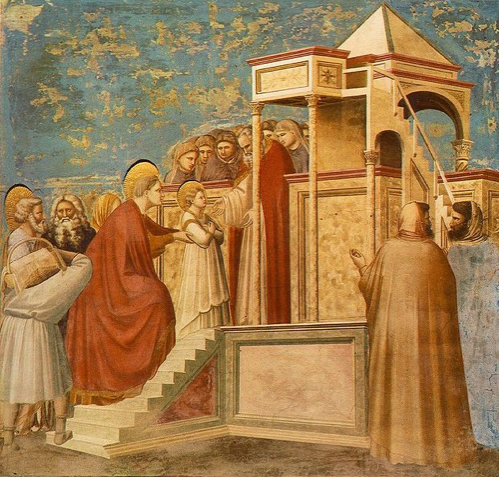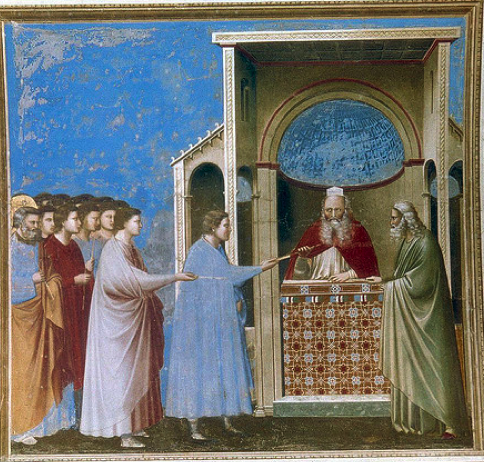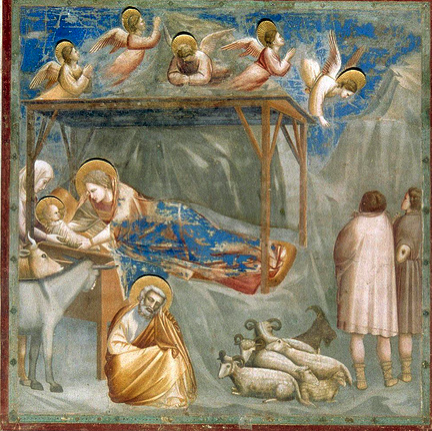Part II. The Hansa Lands and France
Chapter 37. Advent [December 1, 1347]
Cultural Explanations
 |
Part II. The Hansa Lands and France Chapter 37. Advent [December 1, 1347] Cultural Explanations |
|
|
In this chapter Bávlos learns about the marriage of Joseph and Mary and heads south toward the second sea. | ||
| Bávlos on skis, with Nieiddash, heading away from Avignon |
In this chapter, Bávlos learns about the story of the Nativity as it was understood by fourteenth-century Christians.
The liturgical season of Advent encompassed the four Sundays before Christmas and all the days between. In 1347, the fourth Sunday before Advent fell on December 2. Advent was a time of prayer and privation, a solemn preparation for the bountiful celebration of Christmas that would start several days before December 25 and continue until the Feast of the Epiphany in January.
Bávlos is unfamiliar with the game of chess. In the Nordic region, including among the Sámi, a different board game was popular, one in which the two sides were uneven. One side occupied a central area on the board, while the opponent occupied the outer edges. The object of the game was for the leader of the inner side to escape to one of the edges. You can read more about them HERE. Chess was also known in Scandinavia, however, and had become a favorite game among aristocrats in Central Europe by the fourteenth century.
Girard recounts the story of Joseph and Mary as it was known to fourteenth-century Christians. The tale of Joachim and Anna, their giving Mary to the Temple, the miraculous selection of Joseph as the husband-to-be of Mary, and the kinship of Jesus and his various apostles were all well-known elements of the story. The idea of Mary being attended by a midwife was also common in this period. The idea of Mary giving birth alone did not become common in medieval iconography until after St. Birgitta's vision of the event during her visit to the Holy Land in the later fourteenth century. If you want to see a glorious survey of the pious legends described in this chapter, visit the images gallery of the magnificent Scrovegni Chapel in Padua, Italy, filled with the masterpieces of Giotto. Click HERE to visit the chapel's homepage. If you are ever in Venice, a side-trip to Padua is well-worth the trouble!
 |
 |
||
 |
 |
Images above: Top: Joachim and Anne reunited at gates of city; presentation of Mary at Temple. Bottom: Men of House of David submitting their staffs for inspection; Nativity of Christ, with midwife attending Mary.
St. Joseph was particularly associated in the medieval period with the concept of the Good Death: the ideal moment of dying right after receiving absolution for one's sins, with no unfinished business left on earth, and all one's loved ones gathered around. In a world in which the sudden onset of mortal disease or the eruption of unprovoked violence were eminently possible, even likely, the dream of a Good Death was a cherished ideal. Without such good fortune, one could go to one's graves with a long list of unforgiven sins, forced to pay for each in the fires of Purgatory until completely purified.